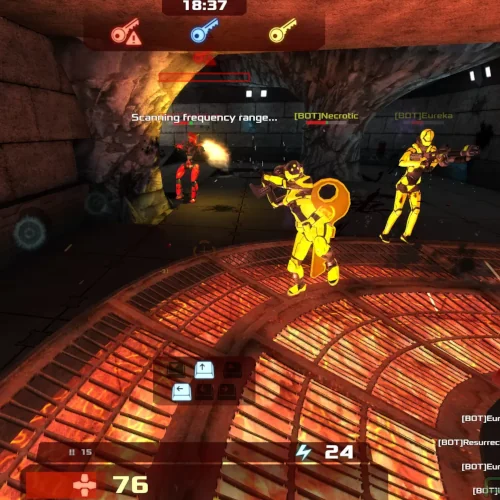Godot 4.0 Adds Variable Rate Shading, Shader Preprocessor Support

Godot 4.0 Alpha 13 brings variable rate shading support! Godot's VRS implementation allows for various methods of applying a density map to a viewport that is generally divided into 16x16 pixel sizes and from there can be adjusted whether a fragment shader is run for every pixel. Variable rate shading with OpenGL and Vulkan allows for specifying certain areas of the screen that should be shaded every pixel while other less important areas of the screen can be shaded less. A common example is with racing simulators where the far sides of the screen can generally be shaded less than the center area of the screen where the users pay the most attention to detail.
Variable rate shading is a great way to lighten the rendering workload for games that have portions of the screen with less important attention to detail.
Godot 4.0 Alpha 13 also has shader pre-processor support and handling for shader includes. This alpha release also adds Vector4 / Vector4i / Projection types, a worker thread pool implementation, drag-and-drop support for materials in 3D instances within the Godot Editor, and other improvements.
Downloads and more details on Godot 4.0 Alpha 13 via GodotEngine.org.
1 Comment

